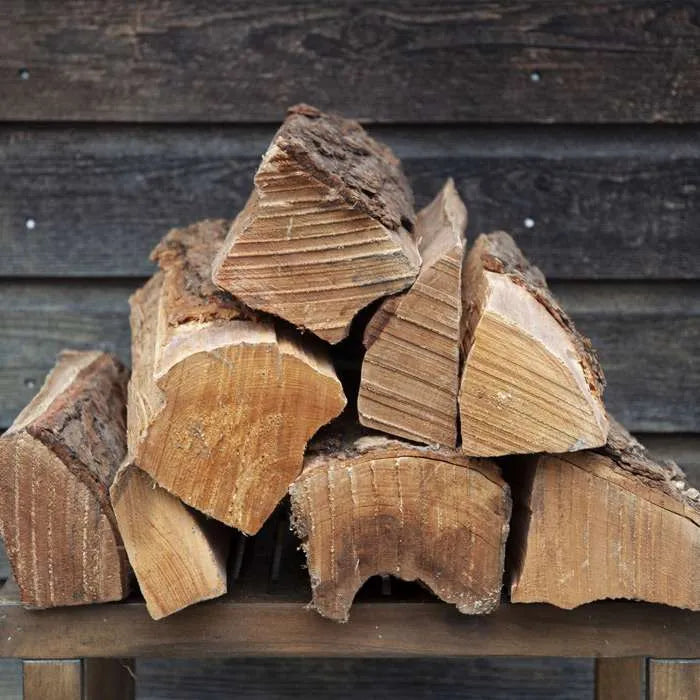Botanical Name: Perovskia atriplicifolia
(pronounced: per-OFF-skee-uh at-rih-pliss-ih-FOE-lee-uh)
Great for Beginners ? Full Sun ? Blooms Summer - Fall
The Denim ‘n Lace Russian Sage is an award-winner and one of “Garden Answer” Laura’s personal favorites in her garden. She’s had these planted around a large urn in her formal garden, and you would not believe the amount of color and beauty they have added to that space, all while being incredibly low maintenance.
Their lacy-like, bright, sky-blue flowers bloom an exceptionally long time, and are a favorite of hummingbirds, bees and butterflies.
Five Reasons Why You'll Love Denim ‘n Lace Russian Sage
Easy, Peasy
They require so little out in the garden, yet they give so much back! They’re salt- and drought-tolerant, and Russian sage needs little or no supplemental fertilizer. (But a nice, light mulch with compost in the spring is appreciated.)
Full of Fragrance
Both the flowers and the leaves are fragrant, and while not as sweet as lavender, they are used for potpourri and sachets.
Long-lasting Color
Denim ‘n Lace produces drifts of lovely sky-blue flowers above the fine-textured, gray-green foliage. Flowers retain their color well into fall.
Pollinator Magnet
Another thing to love about them is they attract lots of pollinators; you’ll see butterflies, hummingbirds and honey bees buzzing around them all the time.
So Suitable
The compact habit of Denim ‘n Lace is suitable for small spaces, containers, mass plantings and hedging.
Denim ‘n Lace Russian Sage Plant-a-Glance™ Details
Care Level: Easy
Type: Perennial
Hardiness Zones: 4-9
Native Area: Central Asia
Uses: Border Plant, Cut Flower, Dried Flower, Landscape, Mass Planting
Best to Plant: Spring | Summer
Light: Full Sun
Water: Medium
Soil: Average, Well-Draining
Bloom Colors: Blue, Purple
Foliage: Green
Seasonal Interest: Mid Summer to Mid Fall
Mature Size: 28”-32” tall x 34”-38” wide
Habitat: Upright
Attracts: Hummingbirds, Bees
Resists: Deer
Insects/Disease: Typically problem free
Toxicity: Foliage is toxic to eat (flowers are edible)
A Beginner's Guide to Caring for Russian Sage
Light and Location
Russian sage thrives in hot, dry conditions and well-draining soils. Choose a site that receives six to eight hours of full sun.
The fine texture of the flowers and foliage makes Russian sage a superb background plant or as a filler in a mixed border. You can also use it as hedging to divide garden rooms, along pathways, or to soften a fence.
Soil
One of the things Laura likes best is that this plant thrives in “really crummy soil.” Russian sage is quite tolerant of various soils, but prefers medium to dry soil that’s “lean” and slightly alkaline. In fact, plants may flop if the soil is too rich!
Watering
You’ll want to water regularly during the first season to encourage a deep root system. But be careful not to overwatering; that can cause disease and root rot. Once established, Russian sage is drought tolerant.
Feeding
Feed your Rose of Sharon in the early spring with granular rose fertilizer.
Pruning and Grooming
It's a good idea to trim back any stems in the spring before new growth appears. (Don’t trim back in the fall!) And while the Perennial Hibiscus is one of the last perennials to emerge in the spring, it’s also one of the fastest growers. You’ll have a lusciously full plant before you know it!
Reston Farm Garden Market is proud to be a Proven Winners Certified Garden Center! We offer a huge selection of the Proven Winners annuals and perennials you're searching for. Our trained and knowlegeable staff is here to help answer any questions you have, and to help your garden grow!









